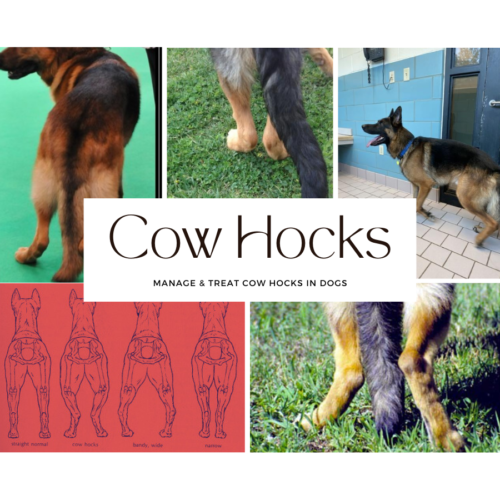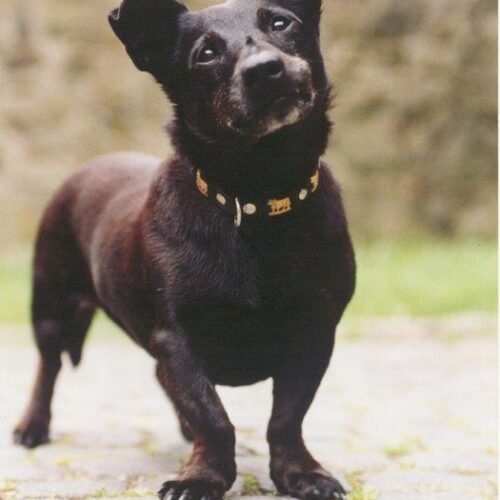Ever notice your furry friend navigating the backyard with ease on moonless nights, while you fumble for the light switch? It’s enough to make you wonder: can dogs see in the dark? The answer, like most things in life, isn’t a simple yes or no. Buckle up, dog lovers, as we delve into the fascinating world of canine vision and uncover the truth about their nighttime superpowers (or lack thereof).
Night Vision Myth Busters: Debunking the “Superpower”
Hold your horses, superhero fans. While dogs have superior sight compared to humans in some aspects, they don’t possess true “night vision” like Batman. Think of it this way: humans excel at seeing details and colors in bright light, while dogs are champions of low-light conditions and detecting movement. It’s a trade-off, not a superpower.
Unveiling the Secrets of Canine Eyes: Seeing in the Dark
So, how exactly do dogs see in the dark, better than us? Their eyes hold the key! Here’s the inside scoop:
- More Rods, Less Cones: Unlike humans with our cone-dominated eyes (great for color!), dogs have a significantly higher concentration of rods. These light-sensitive champions excel at detecting faint light, making them ninjas in dim environments.
- Tapetum Lucidum: Think of this as a built-in doggy nightlight. This reflective layer behind their retinas bounces light back onto the photoreceptor cells, amplifying even the weakest signals. It’s like having a built-in night vision filter!
- Wider Pupils: Imagine your pupils dilating in the dark to let in more light. Dogs take this to the extreme, expanding their pupils much wider than ours, maximizing light intake.
Don’t Be Fooled: There are Limitations to see in the Dark
While impressive, these adaptations don’t translate to complete darkness domination. Dogs still struggle to see in the dark:
- Seeing details: Their low-light prowess comes at the cost of detail perception. In the dark, your pup might see shapes and movement, but not the intricate details you do in daylight.
- Color Blindness: Remember the cone dominance in human eyes? Well, dogs have limited cone cells, making them mostly colorblind. Their world is likely awash in shades of blue and yellow, not the vibrant spectrum we experience.
- Sudden Darkness: Just like us, their eyes need time to adjust to dim lighting. So, don’t plunge your pup from bright sunlight into complete darkness – give them a moment to adapt.
Beyond Night Vision: Other Senses Take the Lead
Remember, sight isn’t their only superpower in the dark. Dogs rely heavily on their incredible sense of smell and hearing to navigate and understand their surroundings. They sniff out hidden treasures (like your missing socks!) and hear the faintest rustle in the bushes, painting a detailed picture of the world even without perfect vision.
So, Can Dogs See in the Dark? The Verdict
Instead of a definitive yes or no, think of it as a spectrum of seeing. While they lack true night vision, their adaptations and other senses make them masters of low-light conditions. So, next time your dog confidently trots through the shadows, remember their amazing adaptations and appreciate the unique way they experience the world, even see in the dark!
More Details from the Expert :
The Construction of eyes which helps to see in the dark:
The retina is composed of photoreceptors (cones & rods). Cones help in day vision & help in differentiating various colours (red, green & blue).Rods help in night vision. Humans have more cones than rods & therefore can see more efficiently in day light.
Dogs have many adaptations for low-light vision. So Can Dogs see in the dark?
1. Dogs on other hand have more rods than cones, which help them to see more efficiently at night time. Dog cones can only detect two colours & no one is certain what those two colours are, some experts think it could be blue and yellow. No one is quite sure how much better a dog sees in dim light, but studies suggest that dogs are not quite as good as cats,” which can see in light that’s six times dimmer than our lower limit & dogs “can probably see in light five times dimmer than a human can see in.”
2. A larger pupil lets in more light.
3. The center of the retina has more of the light-sensitive cells (rods), which work better in dim light than the color-detecting cones.
4. Dogs also have a layer of eye tissue between choroid & retina that humans lack called the tapetum lucidum (photo reflector). It is a mirror-like structure in the back of the eye reflects light photons. Tapetum lucidum is also present in many nocturnal animals. This boosts dogs’ night vision even more & that is why dogs’ eyes glow in the dark (this is not the same as the red-eye effect seen in photos of human eyes which is caused by light reflecting off the blood vessel-rich choroid behind the retina). Light enters the eye & hits rods in the retina. Some light photons, however, will miss the rods & pass past the retina.

The tapetum lucidum reflects that light & gives photons a second chance to hit the rods & illuminate the scene. Some of this light is reflected back out of the eye, which is why some animal’s eyes appear to glow in nighttime trail camera photos. All types of camera flash, even the low-glow infrared flash, can reflect off the tapetum lucidum and cause an animal’s eyes to light up.
There is variation in mineral content and structure of the tapetum lucidum, which causes eyeshine in different species – and even different breeds of dog – to look different. Eye shine may be blue, green, yellow, pink or red. It’s too bad night time trail cam photos are in black & white & we can’t see these color differences.
~ By Dr. Gautam Srivastava
LUV SHEP Kennel, Vijaywada.
Follow us on Instagram






Very informative article .